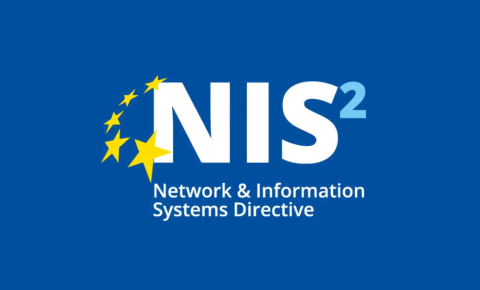
Software Development and Custom Solutions for Businesses

Virtualization Services
Disaster Recovery & Business Continuity – Ensuring Business Resilience
Disaster Recovery (DR) and Business Continuity (BC) are essential strategies for organizations to protect their critical data and maintain operational efficiency in the face of IT disruptions. Whether caused by cyberattacks, natural disasters, or system failures, an effective DR & BC plan ensures minimal downtime and rapid recovery.
Why Are These Strategies Essential?
IT failures can have severe financial and reputational consequences. A well-structured Disaster Recovery and Business Continuity plan helps companies:
- Minimize Downtime – Rapidly restore business operations after a disruption.
- Protect Critical Data – Implement secure backups to prevent data loss.
- Ensure Compliance – Meet industry regulations, including ISO 27001 requirements for information security.
- Enhance Security – Mitigate risks associated with cyber threats and system failures.
- Improve Customer Trust – Maintain seamless operations to prevent service disruptions.
Key Components of Disaster Recovery & Business Continuity
1. Risk Assessment and Business Impact Analysis (BIA)
Understanding potential risks and their impact on business functions is the foundation of an effective strategy. Companies must identify vulnerabilities, assess recovery priorities, and establish response protocols.
2. Data Backup & Recovery Solutions
Implementing automated, secure backup solutions ensures critical business data remains protected. Regular testing and offsite storage solutions enhance data integrity and availability.
3. IT Infrastructure Redundancy
Maintaining redundant servers, cloud-based backups, and failover systems ensures business continuity even if primary IT systems fail.
4. Cybersecurity Measures
Protecting against cyber threats is essential. Security measures such as encryption, firewalls, multi-factor authentication (MFA), and continuous monitoring strengthen IT resilience.
5. Disaster Recovery Testing & Simulations
Routine testing and disaster recovery drills validate the efficiency of the response plan. These exercises help organizations refine strategies and improve incident response times.
6. Communication & Crisis Management
An effective communication plan ensures that employees, clients, and stakeholders are informed promptly in case of an IT crisis. Clear roles and responsibilities enhance response efficiency.

Disaster Recovery & Business Continuity and ISO 27001
ISO 27001, the international standard for information security management, emphasizes the importance of having a Disaster Recovery & Business Continuity Plan in place. To comply with ISO 27001, organizations must:
- Implement risk management strategies for IT disruptions.
- Ensure secure data backups and rapid recovery mechanisms.
- Develop and test a structured incident response plan.
- Maintain documentation to demonstrate compliance with security protocols.
Secure Your Business with a Robust DR & BC Strategy
Investing in a solid Disaster Recovery & Business Continuity plan is crucial for safeguarding your business against potential IT failures. By proactively addressing risks, securing data, and ensuring seamless recovery processes, organizations can enhance their resilience and protect business operations.
Need expert assistance with your DR & BC strategy? Contact us today to strengthen your IT infrastructure and ensure business continuity.






1 Comment
[…] Este Ransomware și Cum […]